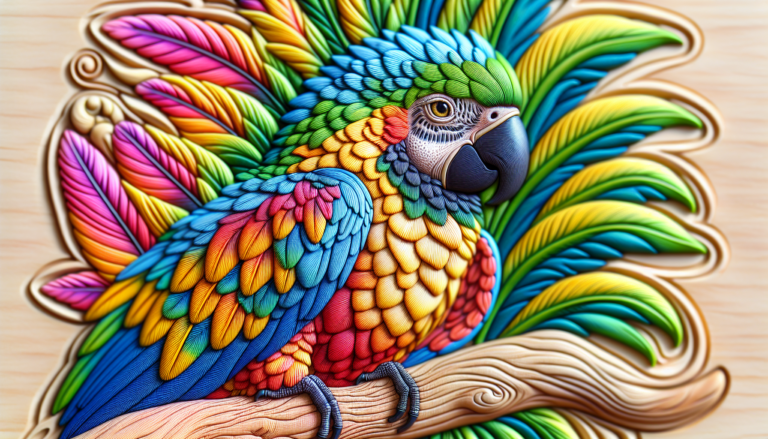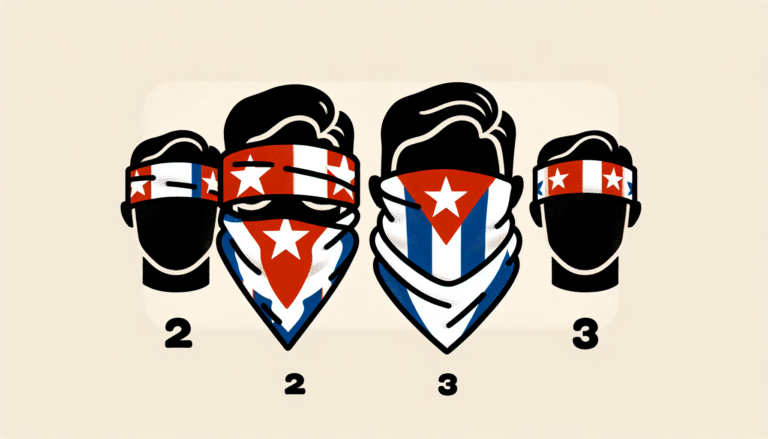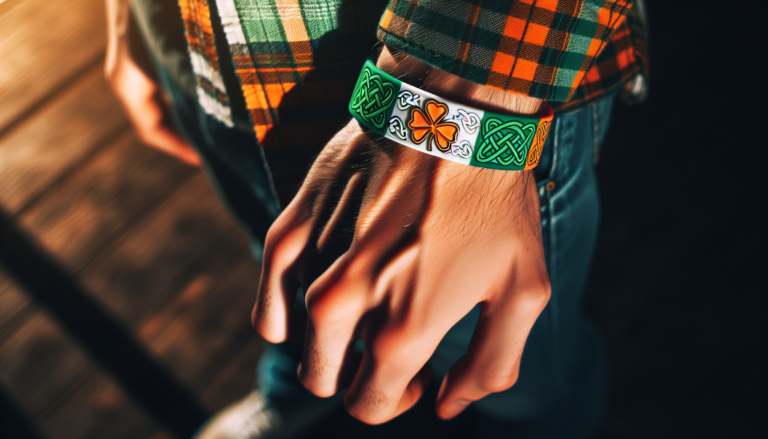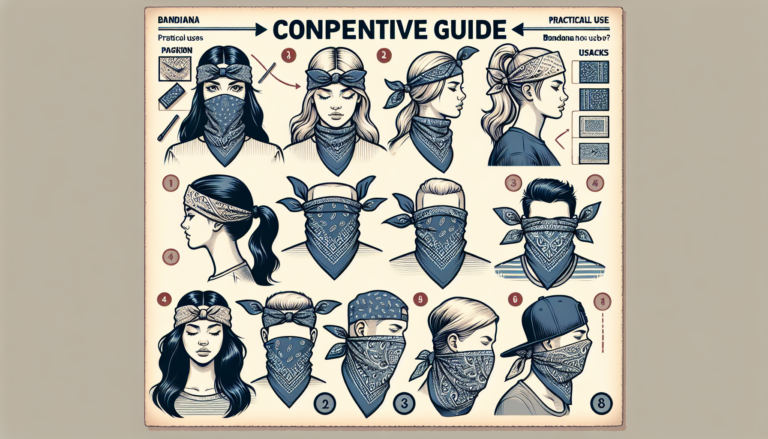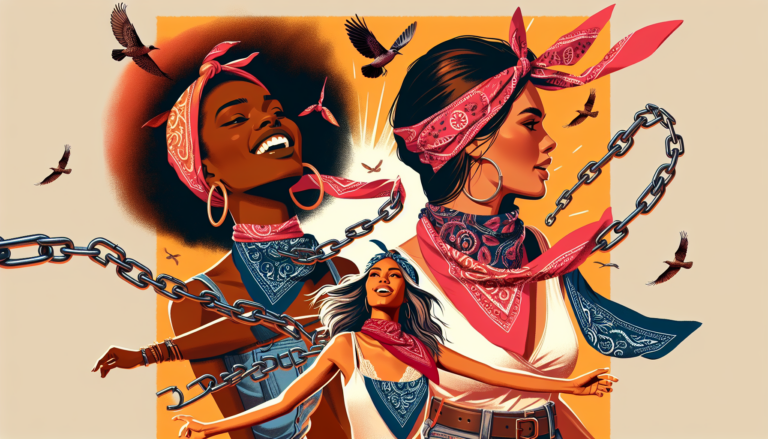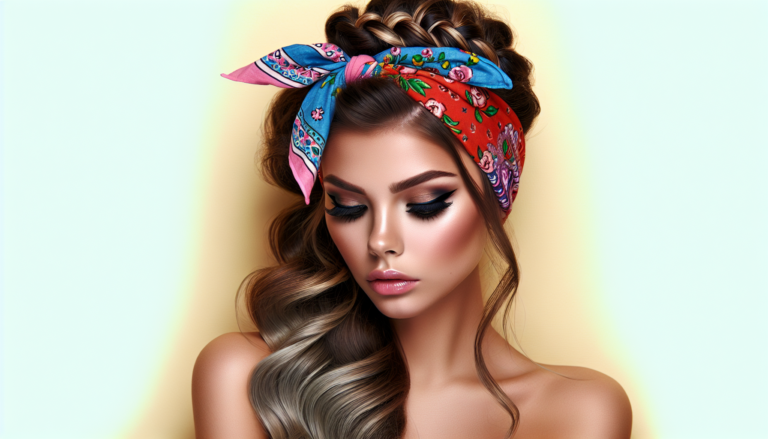Trapper hats (also known as aviator hats or bomber hats) are easy to recognize. They have a rugged, “outdoorsy” look with those signature ear flaps to keep you warm in the harshest of winter weather – combining both versatility and practical elegance.
Proof of the hat’s outdoor effectiveness can be seen in its long and storied history.
Mountain men, frontiersmen, lumberjacks, hunters, trappers, cross-country skiers have all relied on the trapper hat for not only comfort, but sheer survival. Really, it’s the only winter hat that provides the necessary protection for your entire head, including ears, chin, and nape of the neck.
In the 20th century, the trapper hat took on a new form during World War I, becoming the “aviator hat.” Fighter pilots wore them in the open, unheated cockpits of biplanes. During World War II, the trapper hat became the “bomber hat.” It was worn by B17 and B24 crew members to stay warm at extremely high altitudes in unpressurized cabins on long missions.
Because it is so much more than just a great winter hat, the popularity of the trapper hat has only grown. And for some very good reasons, both practical and stylish.
What Is a Trapper Hat?

The trapper hat may be the perfect headwear for keeping your head and ears warm – and for doing it with style.
Trapper hats were originally designed for those brave and hardy individuals who explored and tamed the American frontier. Winters were brutally harsh on the plains and in the mountains, and keeping one’s head warm was critical to surviving to see another spring. Trapper hats did the job admirably, though, and made survival possible. At that time they were typically made of leather or fur and lined with fur and were viewed as a necessity rather than as a fashion statement.
But today the trapper hat has exploded in popularity among fashion-conscious wearers from teens to septuagenarians. While not worn for hunting as much as it formerly was, the trapper hat is highly popular with skiers and many other cold-weather outdoor enthusiasts.
The two important aspects of these hats is a tough outer layer and the soft, warm lining. To that end, they were originally made of tanned animal hides with the skin side out and the fur in. Today, though, trapper hats a typically made of something like a polyester-wool blend for the outside and a faux fur made of quilted polyester inside.
Actually, it’s the large signature ear flaps that really make the trapper hat what it is – and that make it so suitable for winter wear. These long ear flaps can be pulled down to thoroughly cover your ears and even your chin, or they can be tied or snapped together on top of the hat so that you can choose to use them or not.
Another distinguishing characteristic is the long nape to keep the back of your neck warm and protected from the elements. And there’s also the stylish fur flip-up in the front for those who want a saucy look in their winter headgear.
Why You Choose a Trapper Hat

You should wear a trapper hat this winter not only because it will keep your head and ears warm in the coldest of weather, but also because it is perfectly suited for so many outdoor winter activities, such as . . .
- Hunting
- Fishing
- Camping
- Snowboarding
- Skiing
- Hiking
- Walking across campus
- Cold-weather photography
- Shopping
Whatever you intend to use your hat for, you can find one to meet your needs – including protection, comfort, and style. To illustrate, here are a couple of practical, stylish trapper hat options . . .
Trapper Hat – Faux Fur – Wool Blend
This particular trapper hat comes in dark brown plaid so it will complement almost any winter outfit, but with a touch of the traditional in the plaid. It has a durable and amazingly soft faux fur trim in a blend of 70% polyester/30% wool, and the lining is quilted polyester – working together to keep you toasty and safe from the elements. And you can wear it with the ear flaps up or down.
Trapper Hat -Faux Fur – Heavy Duty Nylon – Waterproof
Now here is a trapper hat that is eminently practical and that looks good too. This faux fur, heavy-duty nylon, waterproof trapper hat is just what you need when the winter weather really turns bad. The outer waterproof shell is made of heavy-duty nylon to keep out both wind and wet, the warm lining is quilted polyester, and the faux fur trim is 100% polyester for both comfort and a great look. You can wear the ear flaps up or down, and you can choose from a variety of colors ranging from black to blaze orange to grey to white to even hot pink.
Ultimately, whatever you use your hat for, it all comes down to warmth and style.
Benefits of Wearing a Trapper Hat This Winter

Trapper hats far surpass other hats for the best in winter headwear. Of course, one reason for this is the larger ear flaps that can be worn up or down according to the weather and your activity needs. But there’s more because trapper hats. . .
- Have those heat-holding ear flaps so that you don’t have to have both a hat and earmuffs with you everywhere you go.
- Have a metal clasp, buckle, or snap on the ends of the ear flaps so that you can attach them under your chin to keep the hat on in very windy weather.
- Often have a water-resistant outer shell to keep your head dry when it rains or snows.
- Are often size-adjustable so it’s not difficult to find one that fits properly.
- Help you look stylish, which is otherwise difficult to pull off when you’re all bundled up for winter weather.
What to Look for in a Trapper Hat to Stay Warm and Stylish

So now that you know what this hat is and why you should wear one this winter, you should also be aware of the key things to look for when considering a particular style or brand of hat. Let’s see what that outdoor authority Field&Stream has to say on this . . .
Outside Material
Trapper hats are, of course, made from a variety of materials today, but much less often leather and fur. Wool, polyester blends, and cotton are now more common for the exterior material. The synthetic (e.g., polyester) blends are usually better at keeping the elements (especially moisture) out.
The trick in selecting the right outside material is carefully considering how you’ll use the hat and when and where you’ll wear it. “Matching the exterior material to the weather conditions at hand will nearly always help you make the best selection.”
Inside Material

Fur was once the norm simply because it was the warmest thing available at the time. These are still available, but not as popular as formerly, having given way to man-made materials. Today, you can choose from cotton, faux fur, and a variety of synthetic materials.
When making your choice, just keep in mind that “all have ups and downs related to comfort and warmth. Some trapper hats even feature polyester blend materials on the interior for wicking sweat away from the head to keep you warmer in very cold weather.”
Color

Although color is pretty much a personal subjective matter, it’s still an important consideration. Here’s what the pros advise regarding color . . .
- “Bright, primary colors are typically considered more casual and favored for leisure activities like skiing and snowboarding.”
- “Red plaid is a perennial favorite worn both casually and for outdoor work.”
- “Earth tones are very popular colors for trapper hats, with browns, greens, and grays available.”
- “The ubiquitous black trapper hat is seen as stylish and classy, and can be worn well with a full-length coat in cold-weather situations where more formal attire is needed.”
- “For hunters, trapper hats also come in camouflage and hunter orange.”
Your Source for Quality, Affordable Trapper Hats
If you want to stay warm and look stylish at the same time this winter, a trapper hat is really the only way to go.
Get yours at the hat source that offers both quality trapper hats and great prices coupled with superior customer service – Bandana.com.
Here at Bandana.com, we offer a wide selection of all kinds of winter hats and apparel. You can get more information about us here.
